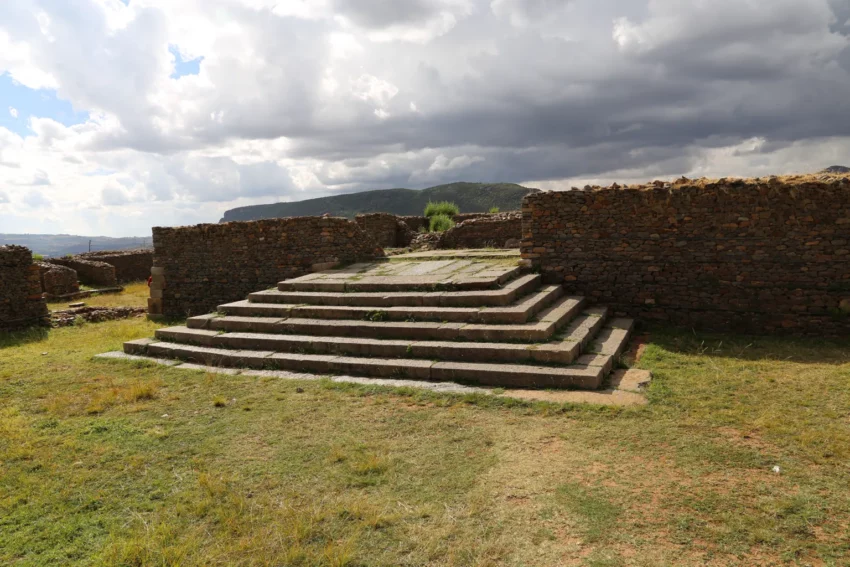Exploring Dungur: The Ancient Mansion of Aksum
In the heart of Aksum, Ethiopia, lie the ruins of Dungur, also known as Dungur ‘Addi Kilte. This site, once a grand mansion, stands as a testament to the former capital of the Kingdom of Aksum. Situated in the western part of Aksum, Dungur is just across the road from the Gudit stelae field. Locals often refer to it as the Palace of the Queen of Sheba, or the Palace of Makeda, adding an air of legend to its historical significance.
Get your dose of History via Email
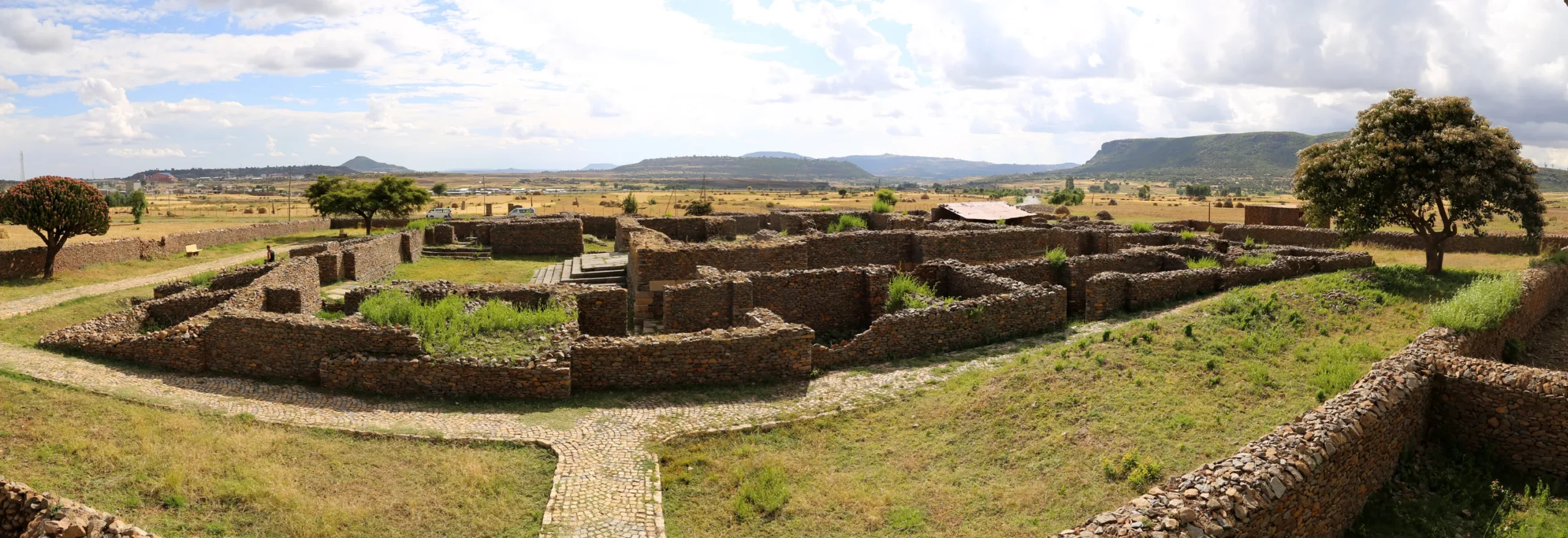
The Mansion’s Layout
Dungur’s ruins cover approximately 3,250 square meters, revealing only the lowest levels and the podium of what once was a magnificent structure. Visitors can imagine the grandeur as they envision the double staircase leading into the complex. This entrance opened into several courtyards surrounding the central building.
Archaeologists found numerous stone piers in the associated buildings. These piers likely supported wooden columns or floors. Brickwork suggests the presence of a hypocaust system, although its exact purpose remains unclear. Some rooms, with divisions and doorways, hint at multiple levels and internal ladders for access.
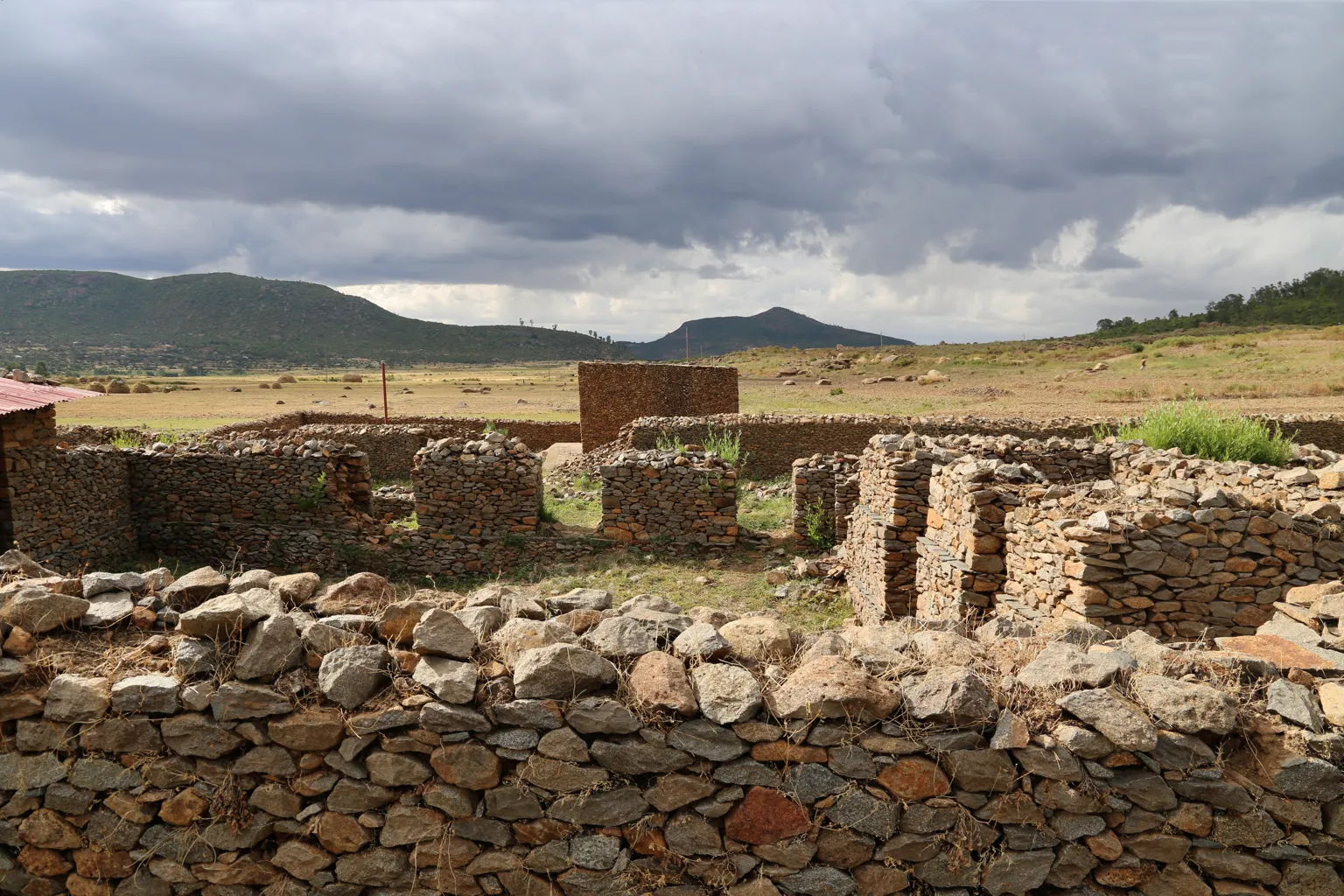
Archaeological Discoveries
The first archaeological excavation at Dungur was conducted by S. Puglisi, who aimed to reveal the site’s stratification. Later, between 1966 and 1968, Francis Anfray uncovered a dwelling 250 meters west of Puglisi’s trench. He described this as a “château,” inhabited by one of Aksum’s elite. Based on these findings, Butzer dated the structure to the seventh century. The masonry resembled the base of St. Mary of Zion church, an original Axumite structure, while the floor plan was similar to the central block of the Ta’akha Maryam palace.
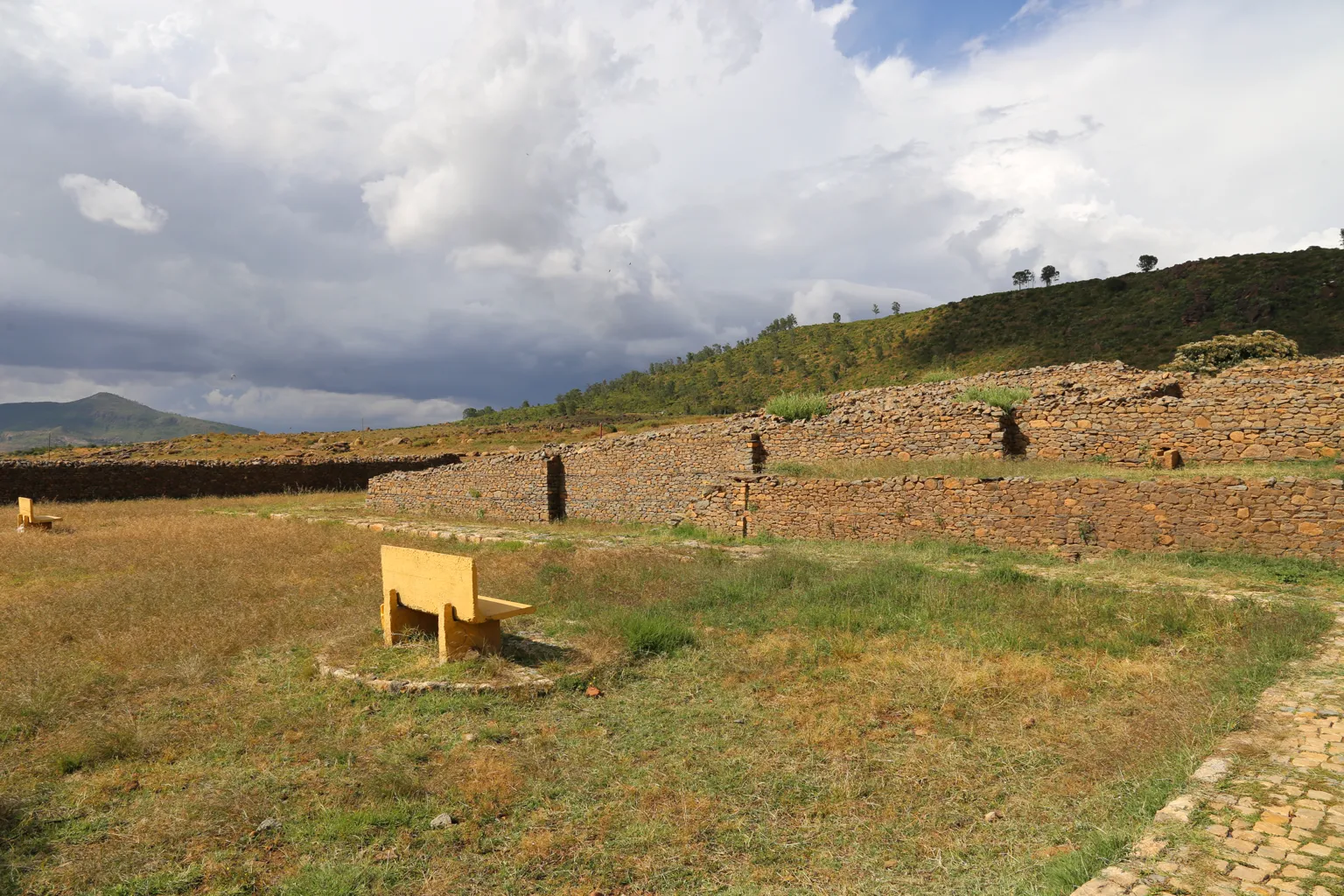
The Queen of Sheba’s Palace?
While many archaeologists believe Dungur was the mansion of a sixth-century nobleman, local legends persist. The recent discovery of a relief carving depicting a beautiful woman, now housed in the museum at St. Mary of Zion Church, has reignited debate. Some now wonder if the Queen of Sheba’s palace might lie beneath these ruins.
Architectural Features
Climbing the observation tower at the back of the site offers a panoramic view of the 50-room layout. The structure features small undressed stones and walls that taper with height, creating a unique architectural style. A well-preserved flagstone floor, believed to have been part of a throne room, adds to the site’s regal allure. Hidden treasure rooms, a private bathing area, and a kitchen with a large brick oven further paint a picture of the mansion’s past splendor. The stairwells suggest the existence of at least one upper storey.
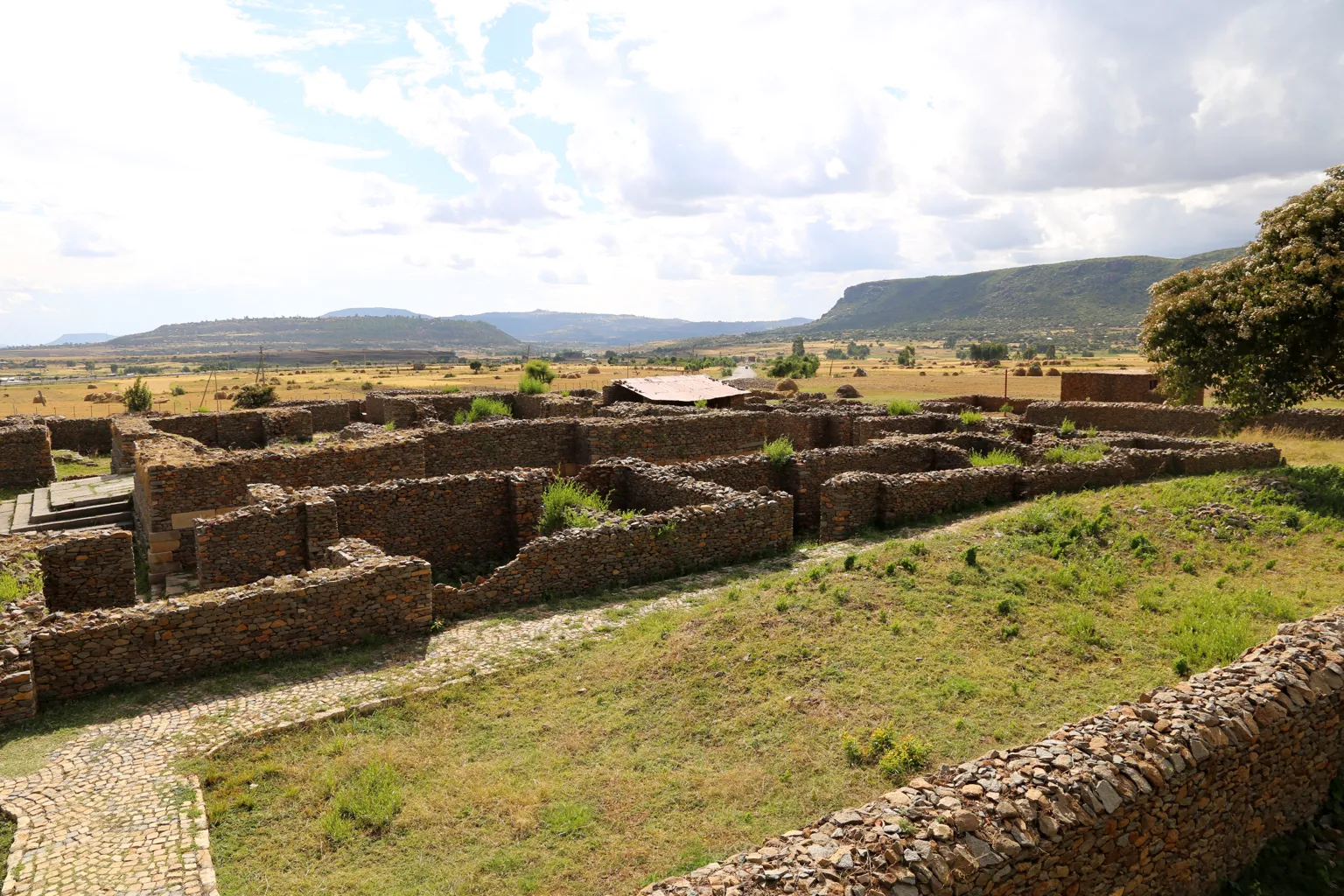
Conclusion
Dungur remains a captivating site for historians, archaeologists, and visitors alike. Its blend of legend, architecture, and history offers a glimpse into the grandeur of the Kingdom of Aksum. Whether it was truly the Palace of the Queen of Sheba or a nobleman’s mansion, Dungur stands as a remarkable piece of Ethiopia’s rich heritage.
Sources:

